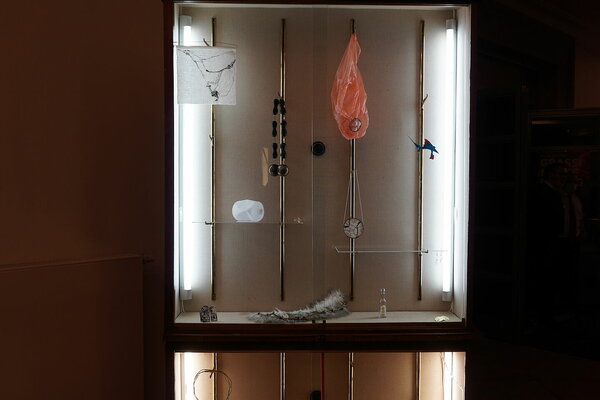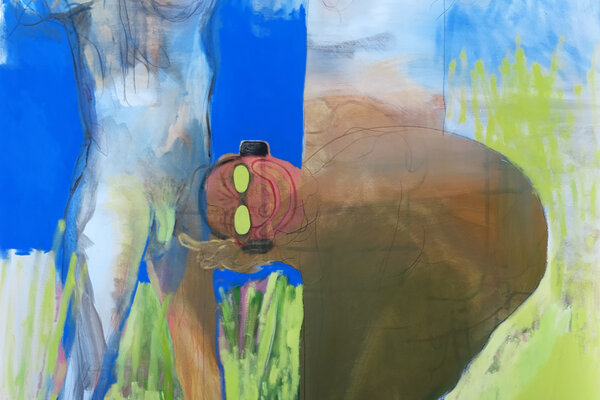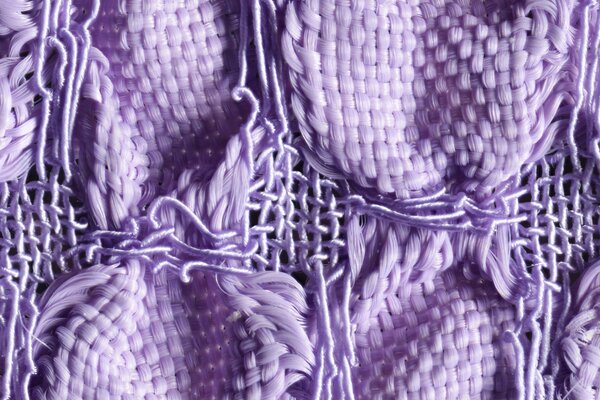The need to adorn ourselves is human. When it comes to jewellery, the focus is on people. The strength of jewellery lies above all in the fact that it is made by people for people and worn by them. This gives both sides, the maker and the wearer, the opportunity to express themselves, to define themselves as artists and as individuals.
The focus of the jewellery course at the BURG is on the student, the artistic work and the realisation of an artistic idea into meaningful objects. Particular attention is paid to the examination of the various materials.
The understanding of this is expanded and deepened through individual and group consultations, regular plenums, joint projects and exhibitions.
(former Professor Hans Stofer, October 2017)
-----------------------------------------------------------------------
What is jewellery?
Students provide answers.
“Jewellery is ornamentation.”, Paula Repp Alvarez, 2nd year student
“For me, jewellery is in most cases a change or an irritation on (or concerning) the human body. This can be deliberate or accidental. In the latter case, the conspicuousness becomes a jewellery situation as soon as the wearer or the other person notices it. So there can also be jewellery moments or gestures that are only visible for a brief moment.”, Katharina Briksi, 5th year student
“Jewellery is something figurative that has an essential connection to the body and acts as a medium.”, Ellinor Janderski, 3rd year student
“Jewellery is what is closest to us in life.”, Minjo Kwon, 2nd year student
“Jewellery - for me at the moment the unswerving belief in the necessity of the ornamental, the escapist - the excess of meaning in the senselessly beautiful. Perhaps this means that every fantastic story contains an element of jewellery?”, Samuel Maßmann, 5th year student
“Jewellery can be an artistic medium.”, Anne Pruy, 6th year student
“For me, jewellery is anything a person wants to adorn themselves with. This can be understood in the classic sense as earrings, necklaces or rings. But jewellery can also be my clothes, a hairband or a line of eyeliner. Jewellery can have a meaning because it reminds us of a loved one, it can have a purpose, symbolise something or simply be aesthetically pleasing. For me, jewellery can be anything that we wear on our bodies.”, Diane Röckel, 4th year student







































